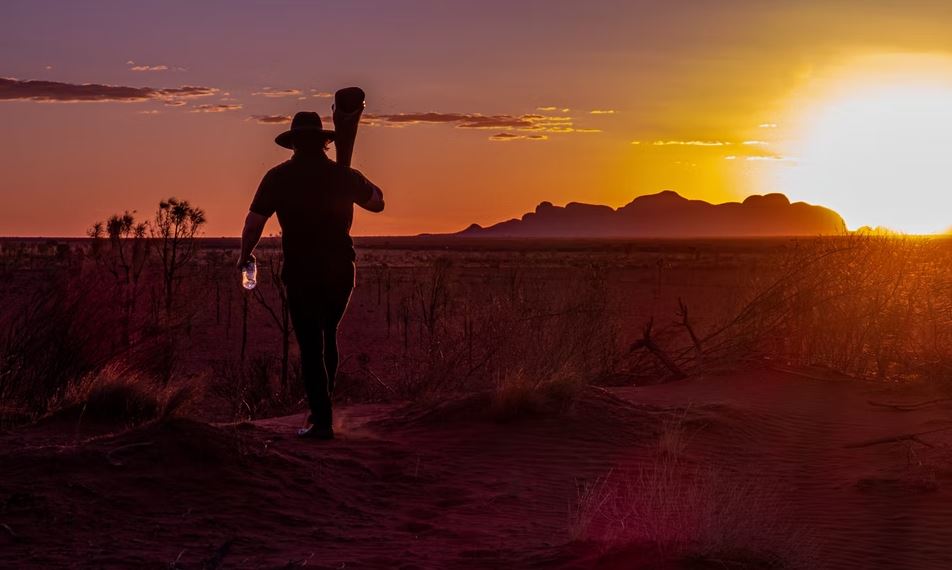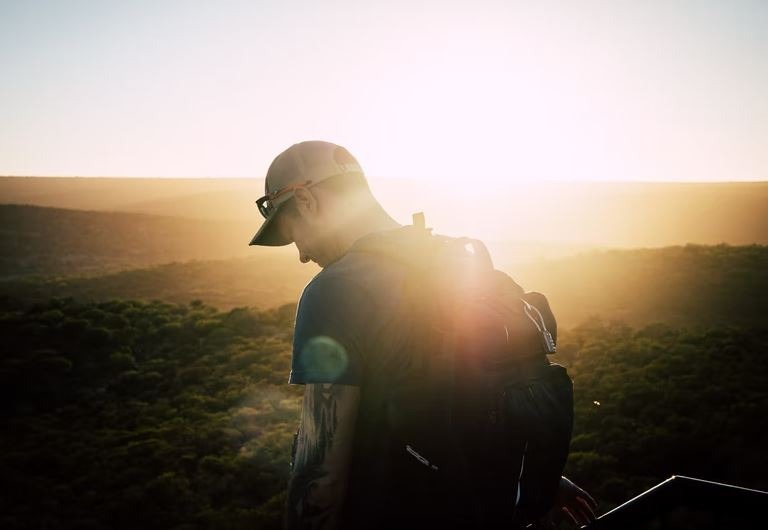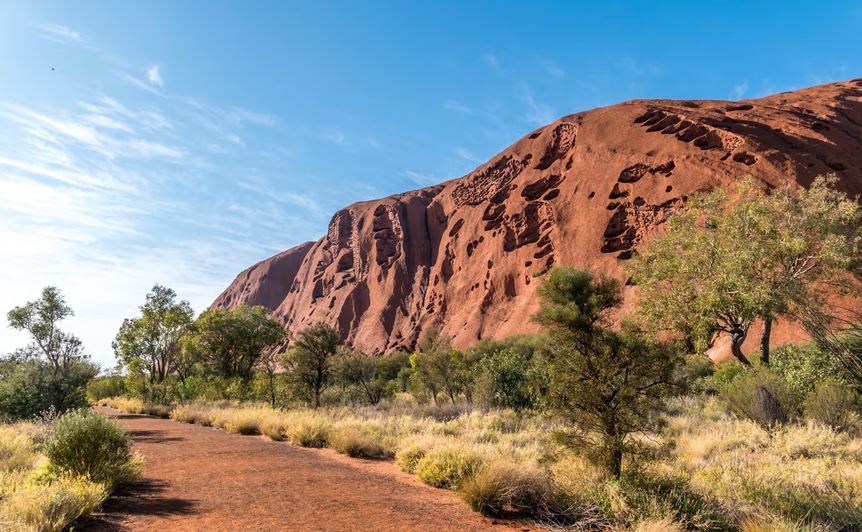From its Mars-like landscapes, red dirt beautifully contrasting the blue skies, epic sunrises and sunsets, stunning waterfalls and canyons, unique wildlife, ancient aboriginal culture, and its beautiful isolation that allows you to unplug and simply take all the things it offers, visiting the Outback is truly an adventure you shouldn’t miss in the Land Down Under.
Yet, like with any trip or activity, it’s important that you don the right outfit to get the most out of the experience. An Australian Outback tour definitely isn’t like any other feat where you simply throw a stockpile of random clothes into your backpack, and you’re set to go. You must prepare all the essentials to keep up with the extra challenges of an Australian Outback travel.
With that, continue reading below as we’ve compiled everything you need to know about the outback outfit and list down all the things you need so you won’t forget anything on your outback holiday.
What is an Outback Outfit?
An outback outfit is a set of clothing you must wear when traveling in the Australian Outback. Be wary that the region is home to one of the harshest environments in the world, featuring a wide expanse of uninhabited land, dry and infertile soil, scorching heat from the sun, arid weather, and distinct but not-always friendly wildlife. Things can be tough, but an outback outfit will help you endure everything it can bring.
Here are the essentials that comprise the ideal outback outfit:
Lightweight Layers
When choosing day-to-day clothes for the Australian Outback, you need to consider two factors: they should keep you cool and protect you from the harsh sun rays.
While thin, comfy, and breathable t-shirts, tank tops, and vests made of linen or cotton are a must, you should also pack a cool-to-wear long sleeve top to put over when you’re out in the sun. Moreover, it can also keep you from pesky mosquitoes that lurk at night.
Refrain from bringing light-colored outfits. While they may be lightweight, your favorite white or light fabrics won’t be forgiven by the red dirt that will leave a pale orange stain that’s quite impossible to remove.
Warm Layers
The Australian Outback has warm weather year-round. Visit during the winter nights, and you’ll be surprised how temperatures in the desert can drop below 0°C and see frost drizzling in the early mornings. If you’re visiting Uluru or places near Alice Springs, it’s best to pack warm layers like a warm coat, jumper, sweater, hoodie, fleece, beanie, wooly hat, and a pair of gloves to keep you warm during the cooler nights.
Bottoms
For the bottoms, long, airy pants are your best bet. They can cover your entire legs, but they’re also loose enough so you won’t feel too hot. Though not essential, a good pair of jeans can be handy if you want to look nice with smart casual wear as you tour the Australian Outback. Wear it with a nice shirt, and you’re ready to take good social media photos with a backdrop of the awe-inspiring landscapes.
As hiking is a definite activity in the outback, be sure to bring appropriate hiking pants. Zip-off hiking pants are excellent, as they can double as shorts if you want to feel extra comfortable in Australian heat.
Meanwhile, a pair of tracksuit pants and pajamas can help feel warm and toasty during those below zero nights. Lastly, throw in a pair of leggings. They are versatile and don’t take up space. Plus, you can wear them during the day or in the evenings.
Footwear
Regarding footwear, a couple of types fit an outback outfit. One of the first things you need is waterproof, closed-toed sandals. Australian Outback’s national parks are blessed with many beautiful waterfalls, lush gorges, and oasis-like watering holes that will invite you for a jump as you see them. Such footwear will keep your foot safe from the jagged surfaces and rocks you may need to scale.
Of course, walking and hiking boots are other must-haves, given all the amazing walking and hiking trails available in the outback, such as those found in Kakadu National Park, Karijini National Park, and Uluru-Kata Tjuta National Park. There’s lots of ground to take, so wear a reliable pair of appropriate boots to support your ankles and feet and protect them from rocky and dusty terrain.
Runners or cross-trainers should be fine if you want something comfy for moderate activities. Pair your shoes with quality, breathable socks, and say hello to dry, blister-free happy feet. Meanwhile, flip-flops aren’t meant to be worn all day, but they can be useful if you don’t want to wear closed shoes with your wet feet.
Swimwear
The Australian Outback may be a broad desert, but it offers many opportunities for a good swim. You don’t want to miss those chances by coming unprepared. So, be sure to pack your bikini, swimsuit, board shorts, and quick-drying towel to enjoy and cool off in nature. You can signpost if a certain spot is safe to swim at, but it’s still best to get advice or a guide if you have apprehensions. You don’t want to end up swimming in a pool home to dangerous freshwater crocodiles.
Wide-brimmed Hat
Expect to see the bright, hot sun in the Australian Outback regardless of the time you visit in the year (yes, even in winter). With that, it’s crucial to have a wide-brimmed hat to protect your head, neck, and skin from the harmful rays, as well as to help prevent the risk of sunstroke.
Head Net
In the warmer months, specifically from October to April, you may also want to add a head net that you can pop over your wide-brimmed hat to protect you from the swarming flies and bugs. The weather is hot and muggy in the summer, causing the huge number of these insects. Wearing a head net may appear off, but not until the flies and bugs start to walk on your face, nose, ears, and mouth. You can still encounter these pesky critters in late spring and early autumn, but they’re less irritating.
Sunglasses
As you already know that sun is plentiful in the Australian Outback, having sunglasses, or “sunnies” as Aussies fondly call them, is also essential to protect your eyes from UV damage. Plus, staring out at the beautiful natural wonders in the region will be much easier without the glare affecting your vision.
Takeaway
Don’t ruin the experience by wearing inappropriate clothing. While there’s nothing wrong with being trendy, the outback is like a remote, rugged, yet gorgeous realm that requires proper gear for you to enjoy to the fullest. So, make sure to wear an Australian Outback outfit. After all, it’s more fun to relish all the amazing things the place offers and set on an adventure when you’re safe and protected from its distinct, harsh conditions.




